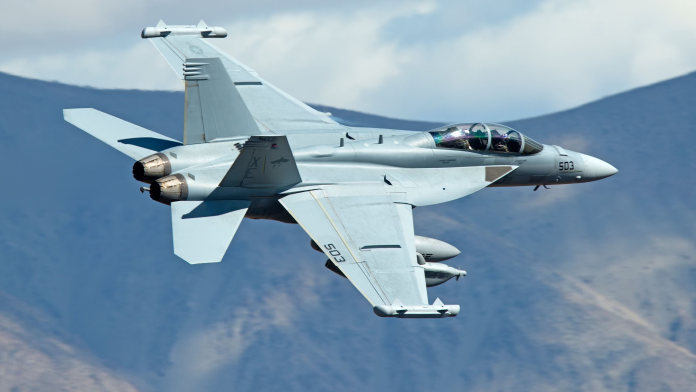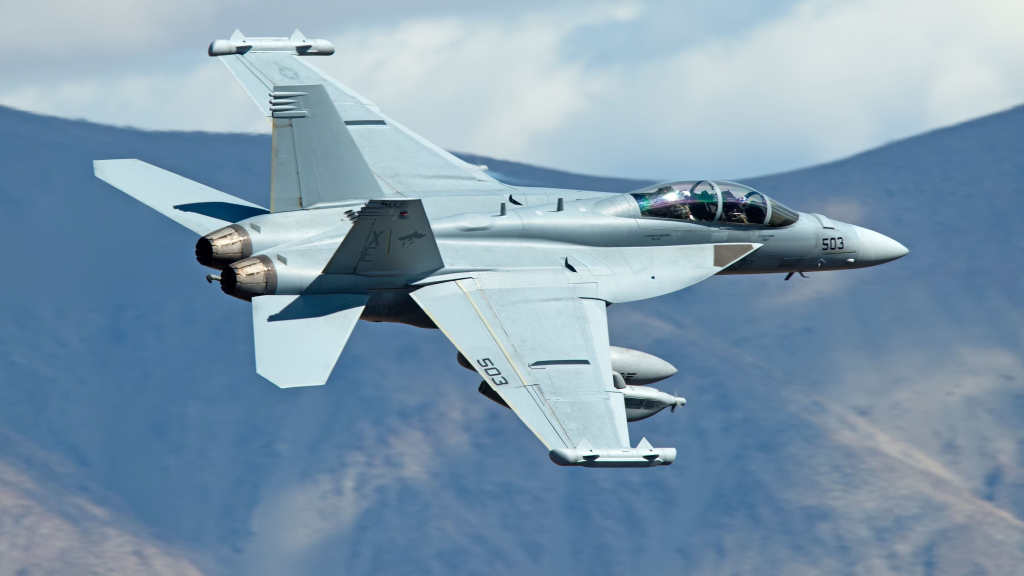
“Speed is life,” goes the saying of old fighter pilots, and nowhere is that more applicable than in the lines of the world’s most iconic combat aircraft. Through decades of flight evolution, certain fighter aircraft have become immediately recognizable for their aerodynamic prowess, but also for the strategic missions they’ve played in warfare and deterrence.
From swing-wing marvels of the Cold War to stealthy fifth-generation fighters, each aircraft has a tale of engineering arrogance and geopolitics. Some dominated carrier decks, others flew over disputed air, and a few became film legends. Their shapes are etched in aviation history, yet behind each shape lies a cache of technical detail and operating tradition.
This list examines eight exceptional fliers whose shapes test even experienced spotters. Each entry combines unique design with a history that influenced doctrine of air combat and in a few instances, popular culture.
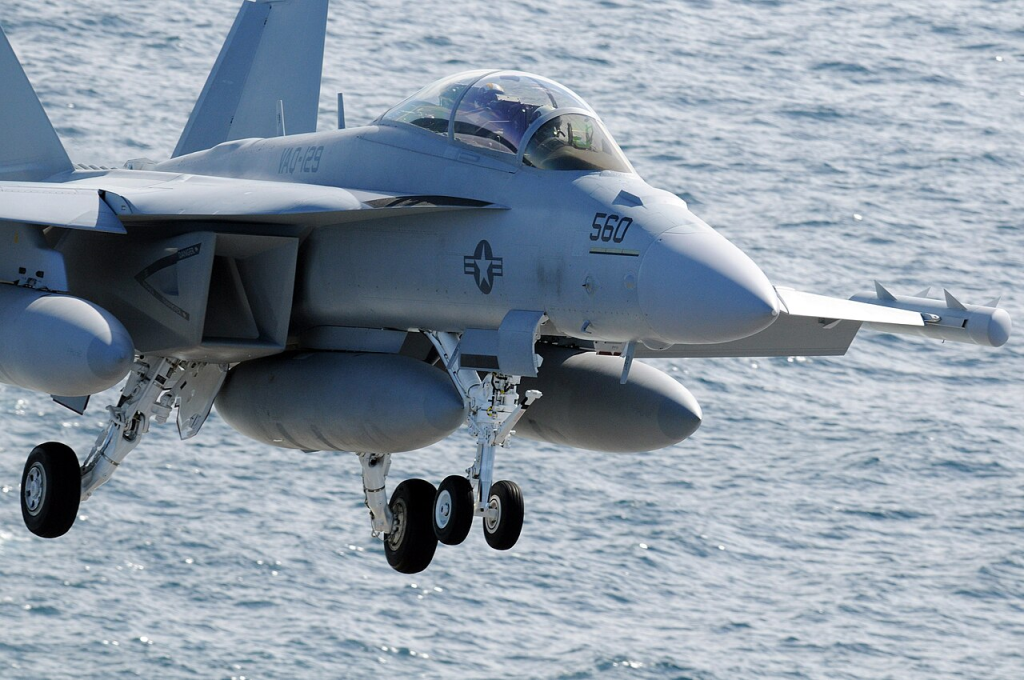
1. EA-18G Growler – The Electronic Warfare Specialist
Replacing the EA-6B Prowler, the U.S. Navy’s EA-18G Growler shares the airframe of the Super Hornet but is specialized for electronic attack. It is employed to jam enemy radars, cut off communications, and bludgeon air defenses, thereby enabling strike packages to break through enemy airspace. Manned by just two personnel who manage high-end jamming pods and sensors, it has proved irreplaceable in today’s carrier strike groups.
With HARM and AMRAAM missiles alongside its electronic payload, the Growler’s 1,181 mph top speed allows it to keep pace with fighters it protects. Blinding surveillance networks puts carrier air wings in control within contested operating environments.
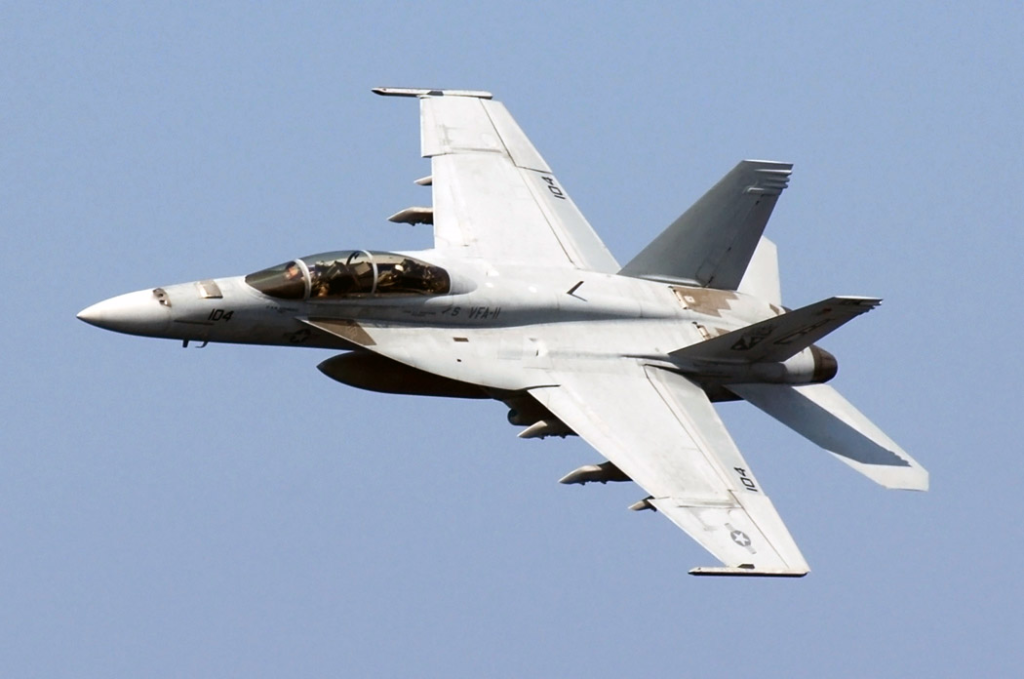
2. F/A-18E/F Super Hornet – The Carrier Workhorse
The Boeing F/A-18E/F Super Hornet is the Navy’s workhorse of American naval aviation, supplanting the F-14 Tomcat and deployed to every war from Iraq to Syria. It’s larger and more advanced than its predecessor and carries out air superiority, strike, reconnaissance, and even aerial refueling missions. Naval Air Systems Command stated in 2023 that it will remain the premier carrier fighter in the 2030s.
Powered up to 1,187 mph and equipped with a weapons package from Sidewinders to Harpoons, Super Hornet’s tough airframe withstands carrier wear and tear. Sold for export to friends around the world from Australia to Kuwait, it is the essence of sea-based multirole flexibility.
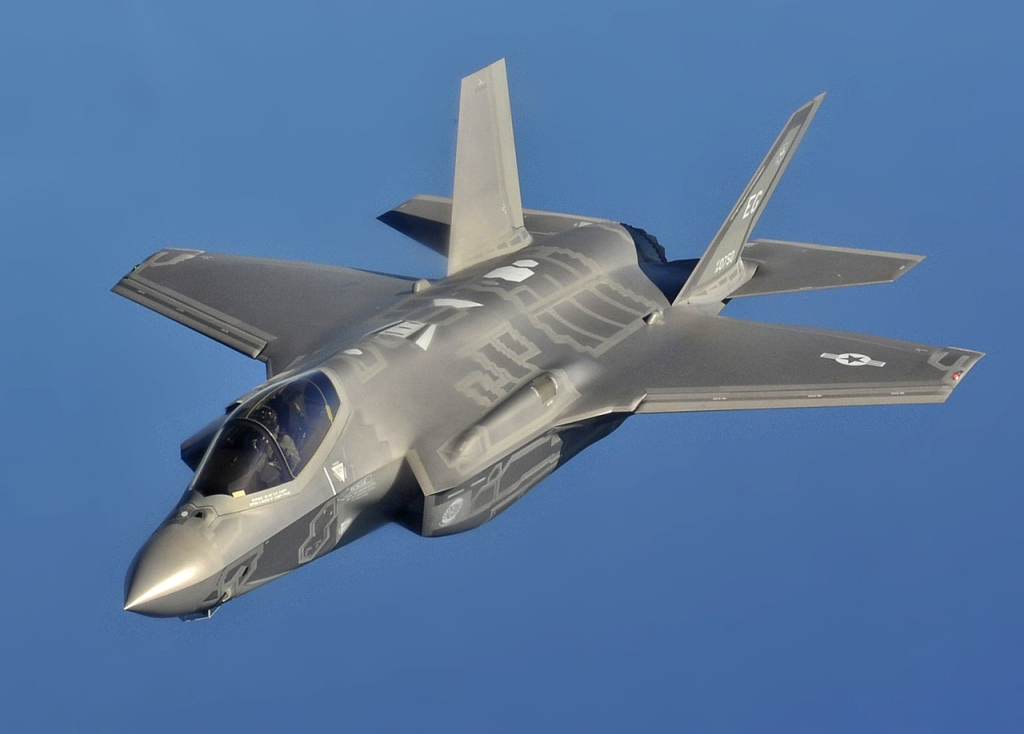
3. F-35 Lightning II – The Networked Stealth Fighter
Lockheed Martin F-35 Lightning II is a fifth-generation stealth fighter aircraft for sensing, sensor fusion, and interoperability. There are variants employed by the U.S. Air Force, Navy, and Marine Corps and also allied nations. Despite development delays and high costs, it can be used to feed data from drones and other aircraft on the battlefield as a sensor hub.
The STOVL capability of the F-35B variant makes it the only stealth fighter operating off carriers and amphibious ships, with Britain, Italy, and Japan among its operators. It can fly at 1,199 mph and carries precision-guided ammunition internally for stealth or externally when low observability is not required.
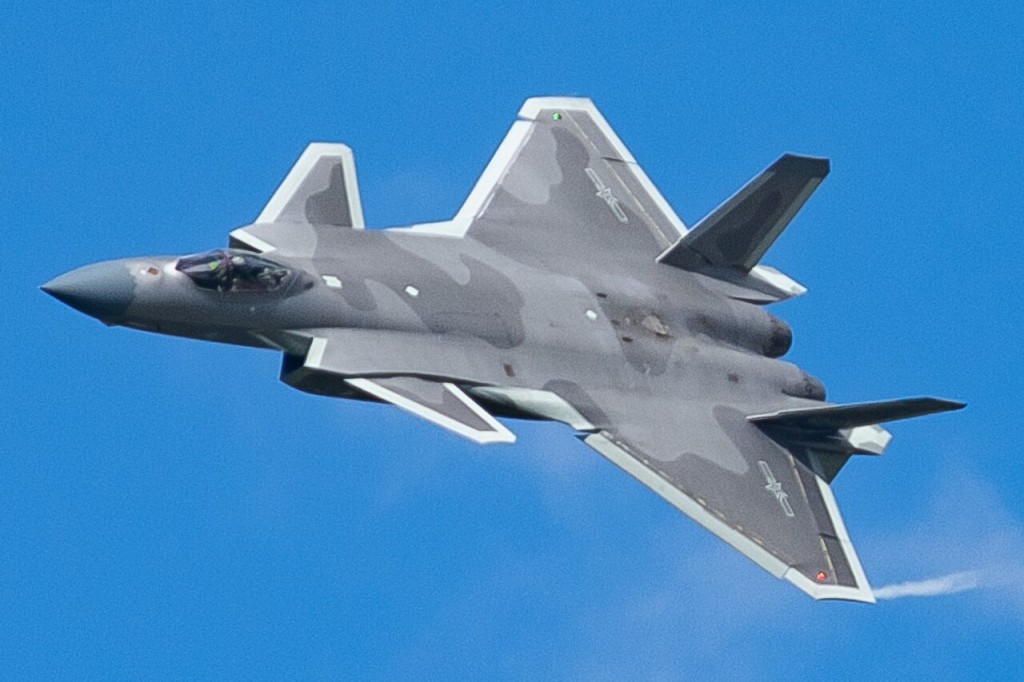
4. Chengdu J-20 Mighty Dragon – China’s Stealth Challenger
Entering production in 2017, the Chengdu J-20 is China’s entry into indigenous fifth-generation fighter design. Featuring canards, internal bays to carry weapons, and a speed of 1,305 mph, it is meant to equal the F-22 in reach and capability. Used by Beijing as both a deterrent and national symbol in the East and South China Seas.
Chief designer Yang Wei has claimed that the J-20 will have artificial intelligence and “air-space integration” to coordinate with other Chinese jets, potentially giving it a local war combat edge.
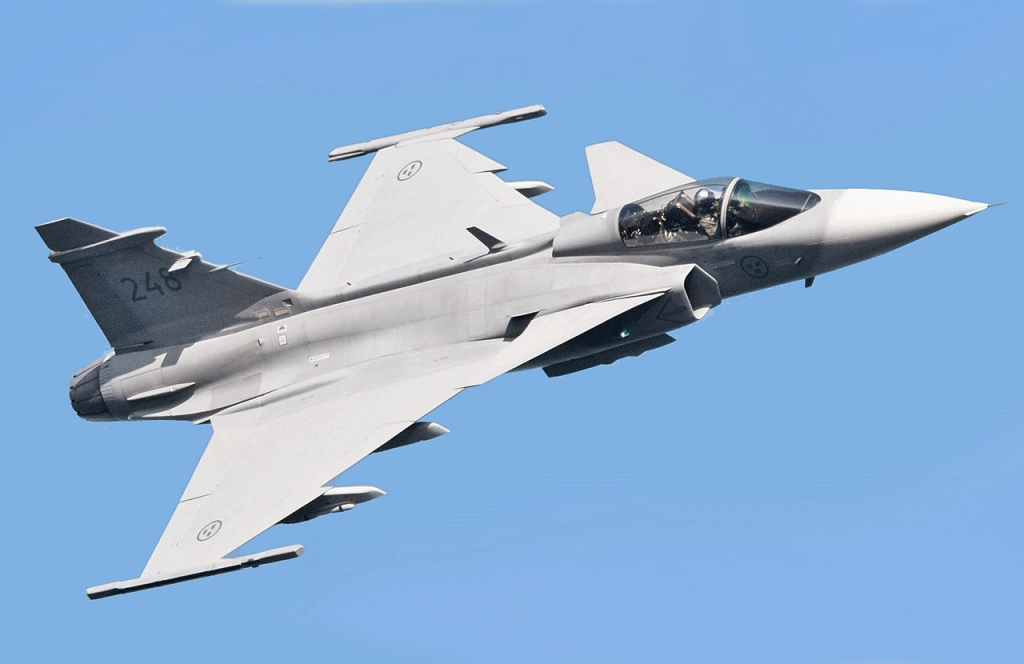
5. JAS 39 Gripen – Sweden’s Agile Multirole Export
The Saab JAS 39 Gripen is a light, low-cost multirole fighter for dispersed use, even away from highways. Its avionics are modular to allow rapid upgrades, keeping it competitive with larger, more expensive adversaries. With a maximum speed of 1,370 mph, it can carry a range of air-to-air and air-to-surface missiles.
Exported to nations from Brazil to the Czech Republic, the Gripen’s rapid turnaround and low operating costs are a model for affordable but potent airpower in NATO and beyond.
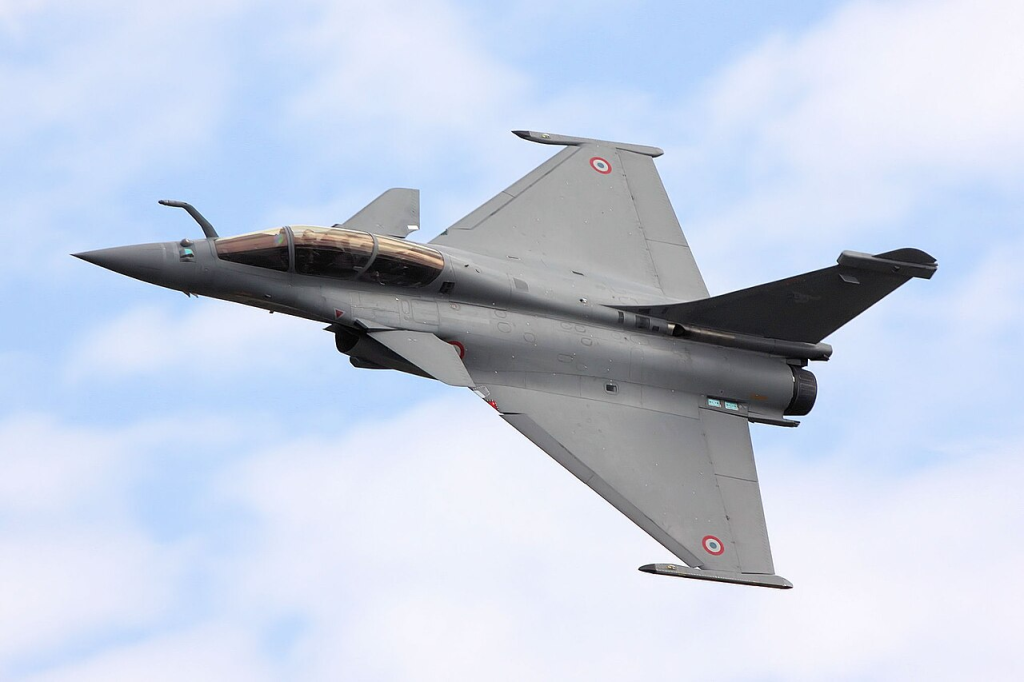
6. Dassault Rafale – France’s Omnirole Powerhouse
Dassault Rafale, land-based and carrier-capable Rafale M, integrates air superiority, ground strike, and nuclear deterrence. Initially engaged in combat during Operation Enduring Freedom in 2002, the Rafale has since been sent to Libya, Mali, and Syria. Its SPECTRA electronic warfare suite and AESA radar give it technological superiority.
With a top speed of 1,383 mph, the Rafale has secured export orders from Egypt, India, and Greece. Repeated arrested landings are made possible due to the Rafale M’s strengthened airframe and tailhook, positioning it as the French Navy’s leading fighter.
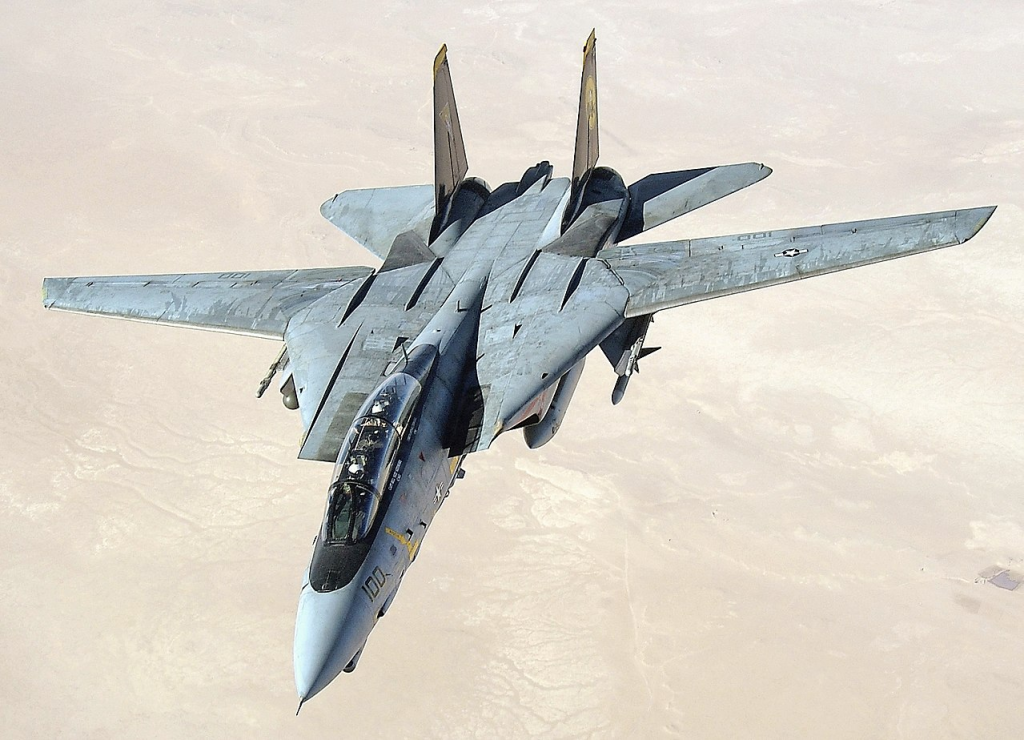
7. F-14 Tomcat – The Swing-Wing Icon
The Grumman F-14 Tomcat, popularized by “Top Gun,” was a swing-wing fleet defense fighter designed to catch Soviet bombers far away. Its variable-geometry wings allowed for high-speed sprints as well as carrier-level controlled landings. Armed with Phoenix missiles and a 20mm cannon, it was able to engage enemies over 100 miles away.
Retired in 2006, the Tomcat’s design is one of the most recognizable in aviation history. As variable-sweep wing planes went out of favor with stealthy fixed-wing planes, the F-14 became an emblem of Cold War naval airpower.
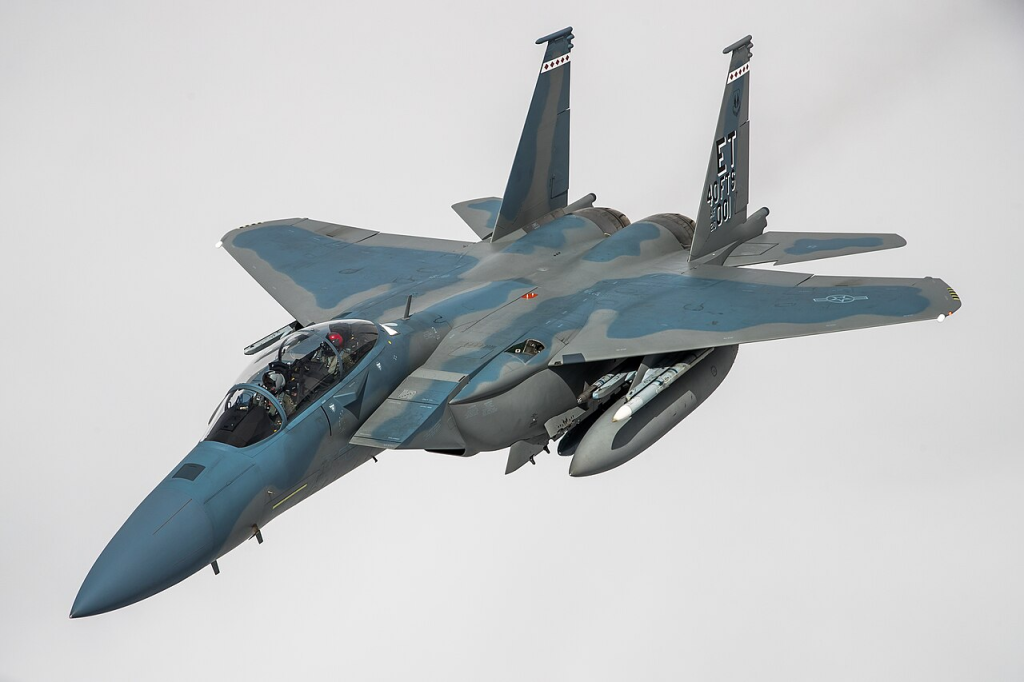
8. F-15 Eagle II – The Unbeaten Air Superiority Fighter
With over 100 air-to-air victories and no losses, the McDonnell Douglas (now Boeing) F-15 remains a standard for air superiority. Its roots in flight in the 1970s combine speed with heavy payload capacity up to 1,875 mph. Refitted F-15EX variants add advanced avionics and weaponry to match present threats.
Fighting alongside U.S. and allied air power, the Eagle’s established combat success and adaptability ensure that it will remain a force to be reckoned with even in the stealth fighter era.
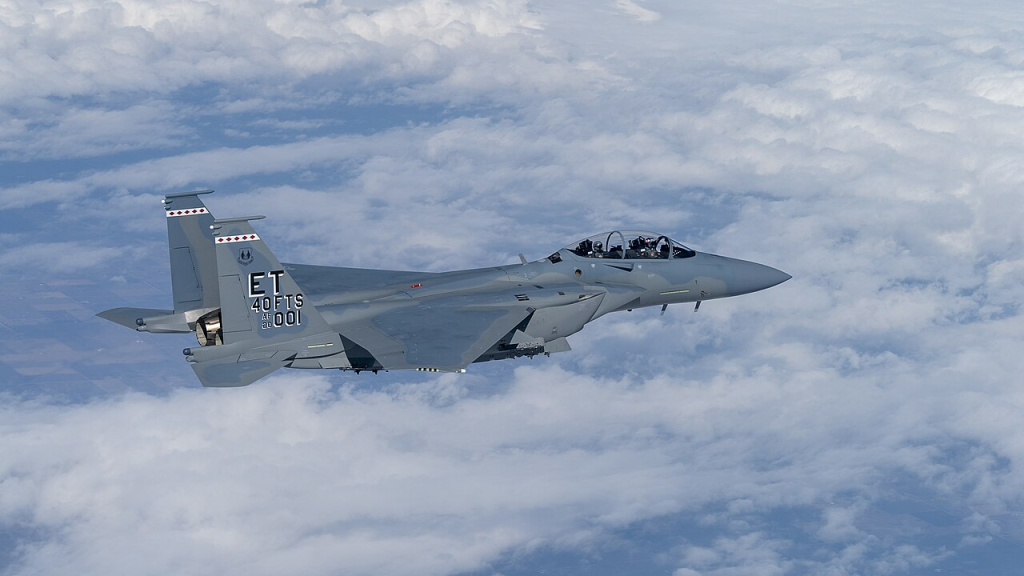
These silhouettes are not simply outlines condensations of doctrine, technology, and history. Each jet reflects the era and mission it was built for, from electronic warfare dominance to stealth-strike capable. For enthusiasts and strategists, recognizing them is more than a test, but a valuing of the engineering and geopolitical pressures that shaped the modern fighter aircraft.
